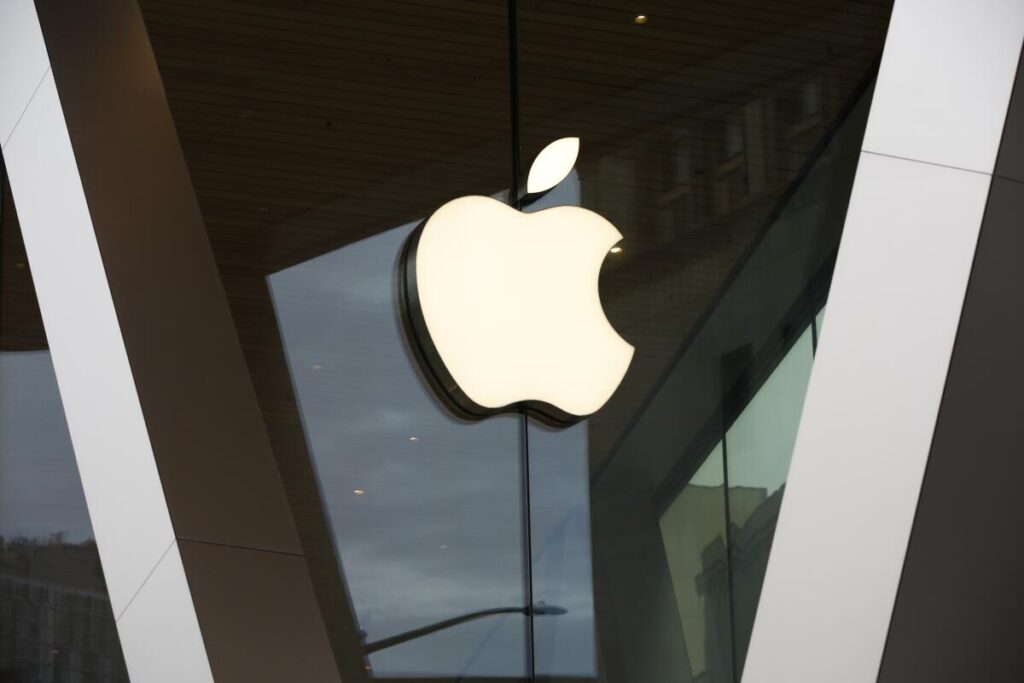
What Apple’s Formula 1 play says about sports rights
Title: The Ultimate Test Drive: What Apple’s Formula 1 Play Tells Us About Sports Rights
The world of sports and entertainment has seen a significant shift in recent years, with technology giants like Apple taking the driver’s seat in sports broadcasting and marketing. Apple’s recent foray into Formula 1 racing with “F1: The Movie” signals a new era of sports rights, as innovative technology, star power, and high-quality direction combine to create a thrilling viewing experience.
Apple’s “F1: The Movie” was an audacious venture that combined the sleek iPhone camera technology, the cinematic vision of Top Gun’s director, and the indomitable charisma of Brad Pitt. The success of this enterprise has not only amplified Apple’s stature in the entertainment industry but also provided invaluable insights into the evolving landscape of sports rights.
Redefining Sports Broadcasting
Apple’s decision to create a movie around Formula 1 racing underscores the shift in sports broadcasting, initiated by tech giants’ increasing involvement. Traditionally, sports rights were the exclusive domain of traditional broadcasters. However, with the advent of streaming platforms, tech companies have shown a keen interest in acquiring sports rights.
This has led to a significant transformation in the way sports events are broadcasted and consumed. Apple’s “F1: The Movie” is a testament to this change, showcasing how technology can enhance the viewer’s experience. Shot with iPhone cameras, the movie offered a unique perspective into the high-octane world of Formula 1, capturing the thrill and intensity of the sport in a way never seen before.
The Power of Star Power
The inclusion of Brad Pitt added a Hollywood touch to “F1: The Movie”, highlighting the convergence of sports and entertainment. This is another emerging trend in sports rights, where star power is used to draw viewer attention and increase engagement.
The presence of a global superstar like Pitt enhances the appeal of the movie, making it attractive to not just Formula 1 enthusiasts but also to a wider audience. This is a strategic move that reflects the changing dynamics of sports rights, where attracting a diverse audience is becoming increasingly crucial.
The Impact of High-Quality Direction
The role of Top Gun’s director in “F1: The Movie” cannot be underestimated. The director’s vision and expertise brought the thrill of Formula 1 to the screens, creating a cinematic experience that was both immersive and engaging.
The involvement of such a prominent director further emphasizes the evolution of sports rights, where quality content is king. As more tech companies venture into sports broadcasting, the emphasis on high-quality production and direction will continue to grow.
What Does This Mean for Sports Rights?
Apple’s “F1: The Movie” is a significant milestone that sheds light on the future of sports rights. The success of the movie suggests that tech companies are well-positioned to challenge traditional broadcasters’ dominance in sports rights. Their technological prowess, coupled with their ability to leverage star power and high-quality direction, can create a unique viewing experience that can draw in a wide range of audiences.
Moreover, the movie’s success also points to the potential of technology in transforming sports broadcasting. The use of iPhone cameras to shoot the movie highlights how technology can offer a new perspective on sports events, making them more engaging and immersive.
In conclusion, Apple’s “F1: The Movie” is a clear indication of the changing landscape of sports rights. It showcases the potential of tech companies in redefining sports broadcasting, leveraging star power, and enhancing the viewing experience through high-quality direction. As the boundaries between sports and entertainment continue to blur, the role of tech companies in shaping the future of sports rights is set to increase.
